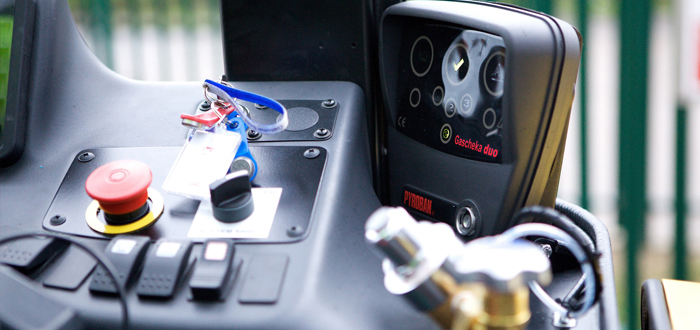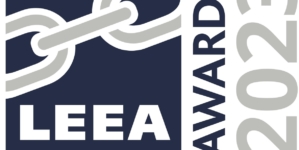-
ROSSLARE EUROPORT TARGETS HEALTH & SAFETY WITH CAMERA TELEMATICS PARTNERSHIP - 2 days ago
-
Landmark Study Reveals Wearable Robotics Significantly Boost Safety and Efficiency in Industrial Environments - July 24, 2024
-
Visku Tackle The Retail Seasonality Challenge One Pallet At A Time - July 22, 2024
-
KAMMAC AND BERGEN LOGISTICS STRENGTHEN FASHION & LIFESTYLE SERVICES IN THE UK - July 19, 2024
-
TENTBOX EXTENDS PARTNERSHIP WITH ARROWXL TO SUPPORT INCREASING DEMAND - July 17, 2024
-
The Perfume Shop improves customer journeys while driving profitability in partnership with Scurri - July 17, 2024
-
ZEROMISSION SECURES £2.3M ($3M) INVESTMENT TO ACCELERATE ELECTRIC FLEETS - July 16, 2024
-
BCMPA CELEBRATES SUCCESS OF 2024 CONFERENCE - July 15, 2024
-
Best of the Best: Jungheinrich Celebrates Triple International Award Win - July 12, 2024
-
GOPLASTICPALLETS.COM CALLS ON NEW CHANCELLOR RACHEL REEVES TO CONSIDER PLASTIC PACKAGING TAX REFORM - July 10, 2024
What Is A ‘Safe’ Area When Handling Flammable Material With A Lift Truck? Pyroban Explains.
Explosion protection company Pyroban has seen year on year growth for its Gascheka duo “added safety” system. But why do so many companies choose this product when it may not be a legal requirement?
“When you handle potentially hazardous liquids or gases, a risk assessment will define the high-risk areas as either Zone 1 or Zone 2 in line with ATEX* so that businesses can select the necessary explosion protected equipment,” says Rob Vesty, Sales Manager for Pyroban. “Anywhere outside of these classified areas is considered ‘safe’, often requiring no special equipment.”
However, Pyroban believes that when it comes to handling potentially hazardous materials onsite, there are no safe areas as boundaries are not fixed.
“For example, gases can easily cross from a Zone 2 area into an area considered ‘safe’,” explains Rob. “Then it only takes one spark to cause an explosion.”
Standard lift trucks have multiple ignition sources, such as heat or sparks, so regardless of where they operate on a site where hazardous areas exist they need to have some form of protection. This also applies to cranes, access platforms and other plant or materials handling equipment which are expected to operate in these ‘safe’ areas.
“Without strict supervision, it is easy for vehicles to cross from a ‘safe’ area into a Zone 2 area without realising it. For example, a forklift moving pallets from a storage area into a loading bay ready for despatch.”
To help reduce this risk and support operations with protection for ‘safe’ areas where full explosion protection is not required, Pyroban developed the Gascheka duo added safety system. This gas detection system monitors the surrounding area of any type of vehicle, from forklift trucks and pallet stackers, to vans and transportation vehicles and can be fitted to diesel, electric or LPG vehicles.
If gas or vapour is detected at 10% LEL (propane in air) the driver gets visual/audible warnings and should drive away from the area, warning any colleagues of the imminent danger. If gas or vapour levels rise to 25% LEL the truck will automatically be brought to a controlled stop preventing an explosion, and protecting the driver, site and supply chain.
“We have seen a growing number of large fleets specify Gascheka duo, particularly from those handling bottled gas and third party logistics companies who are responsible for transporting flammable material for major FMCG brands,” says Rob. “Risk assessments may have ruled out full explosion protection, but the 3PL, and insurance company, typically recognises the risk of explosion and wants to do something to protect the large workforce at risk in distribution centres.”
A Gascheka duo control module provides an interface between the operator and the equipment and is fitted within easy reach of the driver. It is used to start the system and informs the operator when any gas is detected. Pyroban offers the choice of two gas sensing head technologies, Pellistor or Infrared, to suit the application.
For even greater added safety, any equipment fitted with Pyroban Gascheka duo requires a gas test before it will allow the vehicle to start up, checking that the gas sensing heads are calibrated correctly. It is easy to fit onsite and is comparatively low cost compared to full explosion protection.
































